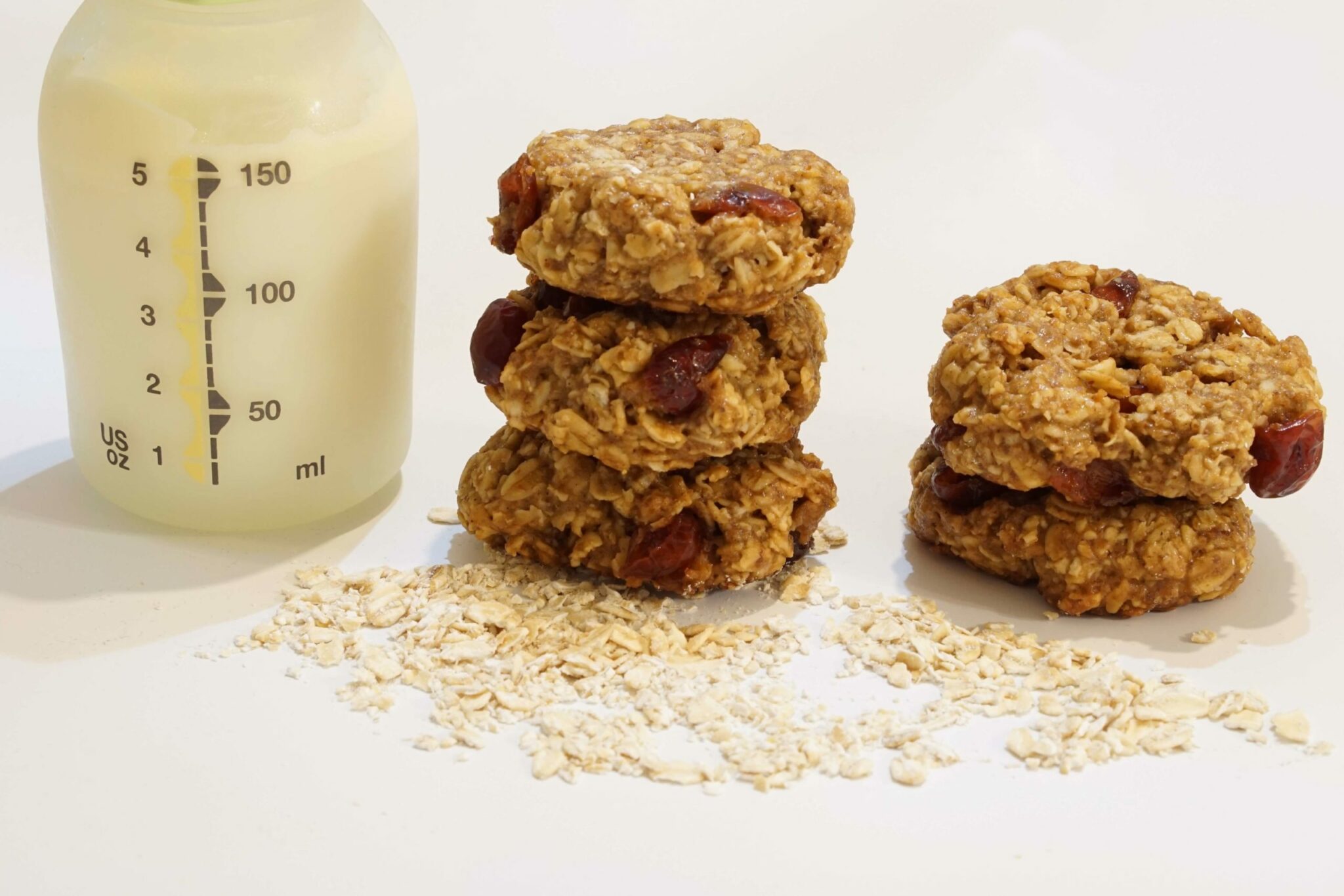What if Breastfeeding Isn’t Possible ?!


Breastfeeding is hard – physically, mentally, and emotionally. There will be no lack of advice from your friends, family, and elders each propagating their own model of breastfeeding while assuring you that it is what works best. However, each baby and parent are different. What might have worked for someone in a different situation will not necessarily fit what you’re going through at the moment. For these reasons, getting all the information about breastfeeding is essential to making your own unique choice. This is why we’re introducing you to the concept of combination/mixed feeding.
What is combination/mixed feeding??!
The answer lies in its name – it is the practice of combining or mixing breastfeeding along with formula feeding. <more explanation>
There could be many reasons why mothers consider this approach. Some mothers take up to 6 weeks after their delivery to establish breastfeeding successfully. Moreover, mother who have had twins (or more!) might take a longer time to get the right amount of milk production on a daily basis, and more often than not even that isn’t enough. This is a great idea if you have to leave your baby for some part of the day (for whatever reasons) and want to ensure that they have access to milk even with you away. In addition, there are mothers who are unable to establish breastfeeding for many reasons: they do not produce enough milk, their nipples are inverted making it difficult for the baby to latch on, or they have a blocked milk duct which prevent the expression of milk.
Ok… But how to do this?
If you’re considering combination feeding for any of the above reasons, there are a few tips which would ensure you have a smoother transition from an exclusively breastfed baby to combination feeding.
1. In the beginning you introduce the bottle as a top-up, near the end of the breastfeed. Make sure to not overfeed the baby as that can result in excessive regurgitation. Giving a formula top up could also increase the time between your feeds which would help the breast to get used to making less milk.
2. Additionally, you could express breast milk and feed it to the baby in a bottle to get it more used to a bottle.
3. While moving from breast to bottle, do a gradual reduction of the times you breastfeed your baby as this will prevent breast milk from accumulating in your breasts which could lead to infection and abscess.
4. Try bottle feeding your baby in a different position than the one you adopt for breastfeeding.
5. If you’re shifting to combination feeding as a part of going back to work, start the process of acclimatizing your baby a few weeks ahead. This would give both of you enough time to adjust to the change.
But, is combination feeding good for my baby?
While considering combination feeding, you must all the pros and cons to make an informed decision. We have a comprehensive list of each of the above.
Cons:
1. Introducing the baby to formula would mean that the baby is no longer protected against allergies and infections.
2. Starting formula feed could affect the mother’s breast milk production.
3. Sometimes babies prefer being bottle fed as it is less effort for the baby than breastfeeding. This can result in the baby being weaned off breastfeeding earlier than you’d intended to.
4. It can get more difficult to get back to exclusive breastfeeding as your body get used to producing less amount of milk.
Pros:
1. You’re able to maintain your bond with the baby even after you go back to work – you have the option of not giving up breastfeeding completely.
2. Once your breast milk production has stabilized, combination feeding can provide a way out on days you have a different schedule than what your baby is used to: travel, family visits, or the baby’s physician appointments.
3. Letting your husband formula feed the baby gives them time to increase their bonding.
4. Combination feeding is a great way to feed twins as feeds could be alternate between breastfeeding and bottle feeding each baby at each feed time.
5. If you’re beginning to develop pain on your nipples or have already developed cracked nipples combination feeding can give a much-needed respite allowing your nipples to heal.
Even though there might be a lot of social pressure to exclusively breastfeed your baby, it is important to remember that your baby needs the right amount of nutrition. For some reason, if you’re unable to produce the amount of milk that your baby needs it’ll affect his/her growth and development. So, don’t let peer pressure affect your child, but gauge what works best for your needs as a parent and a woman.










































